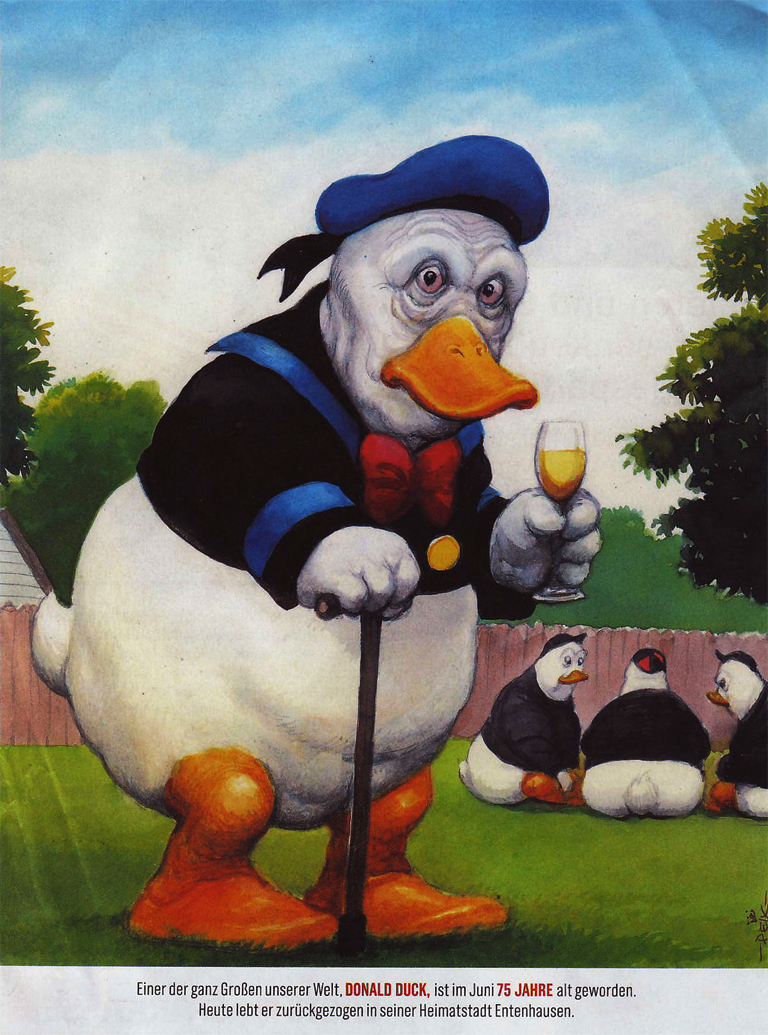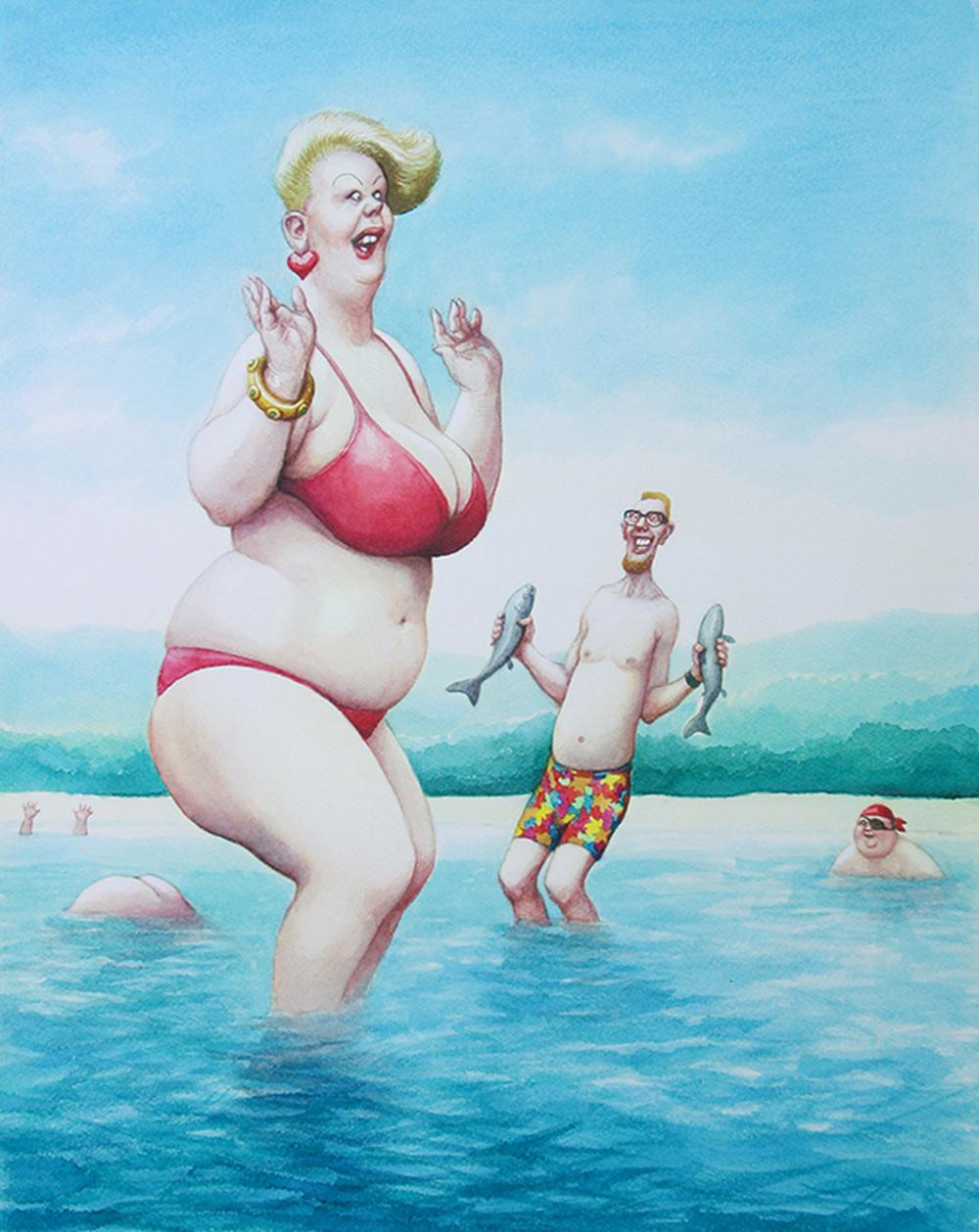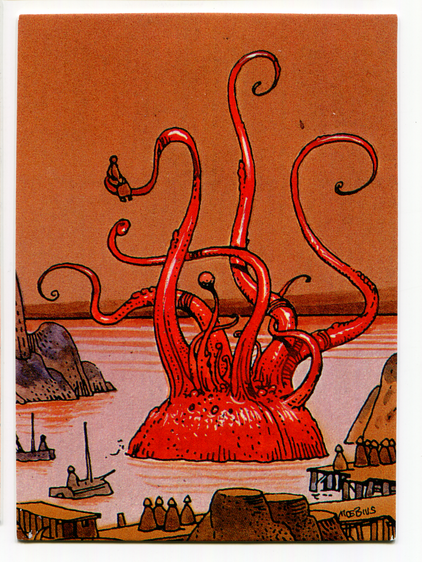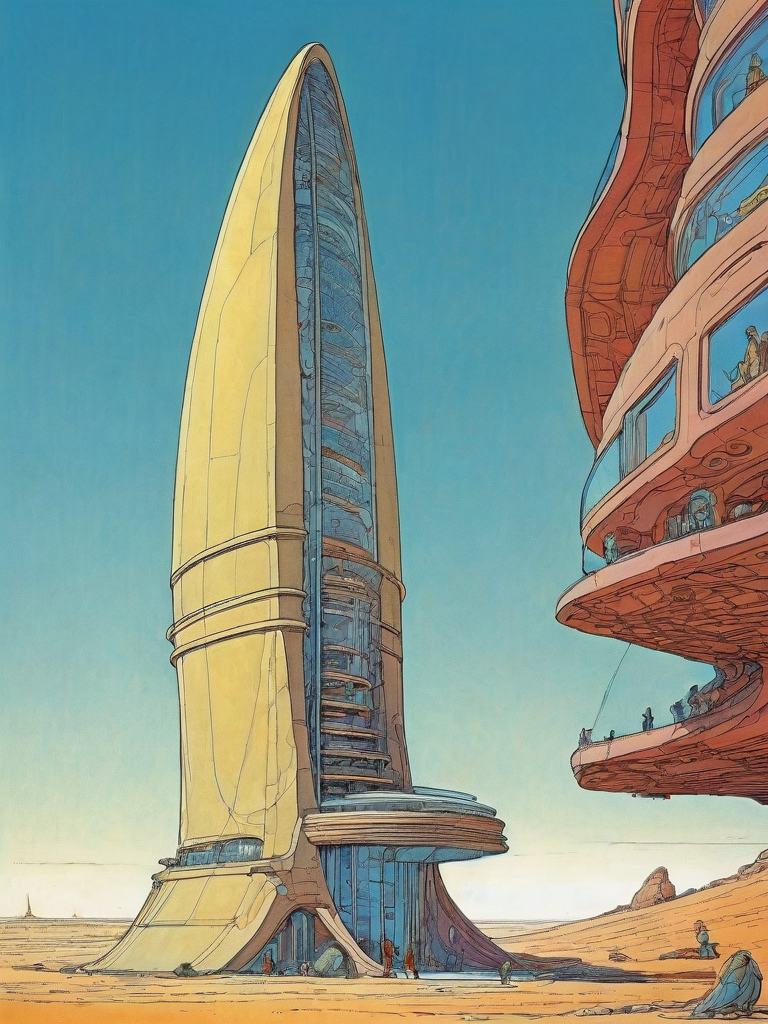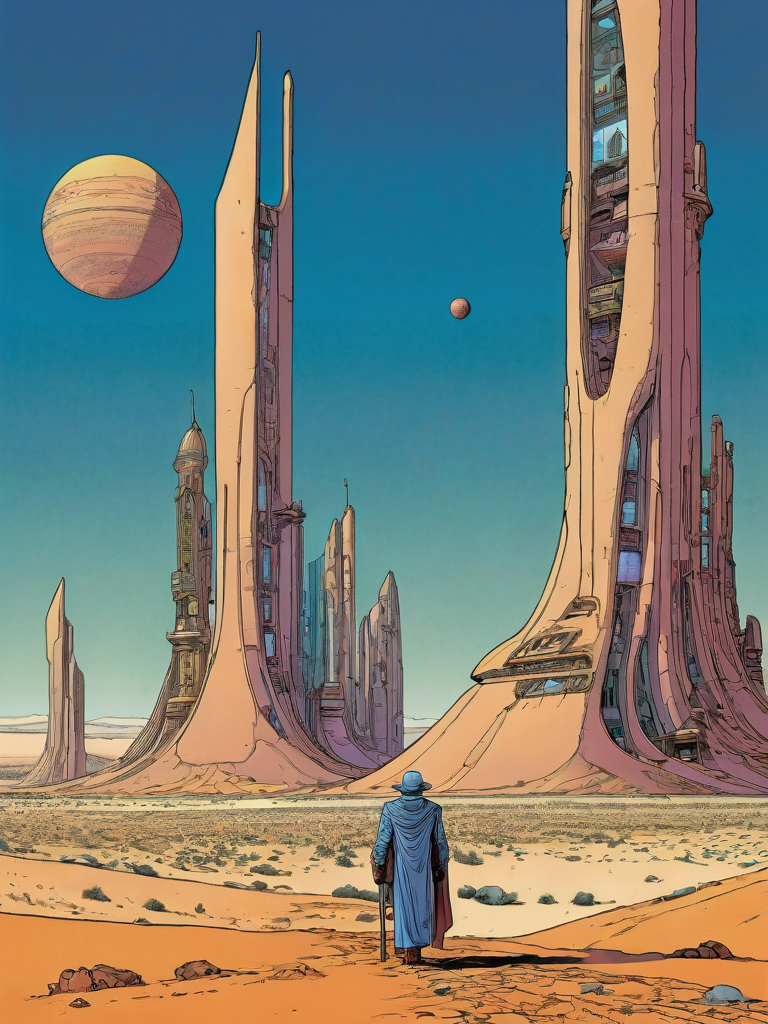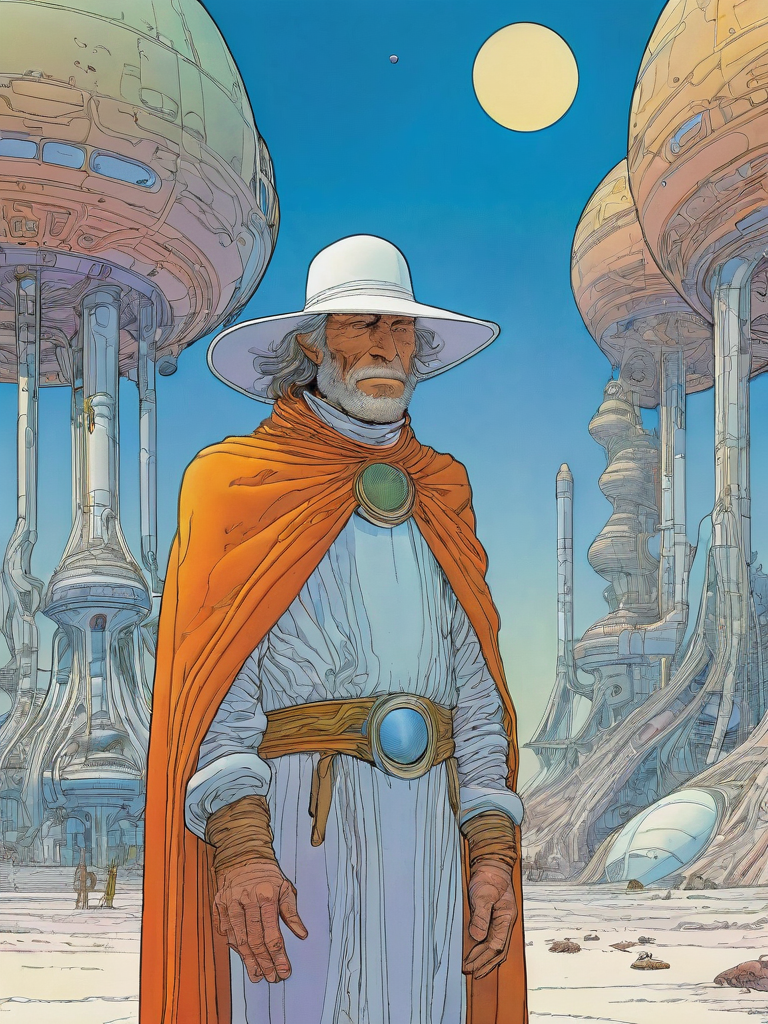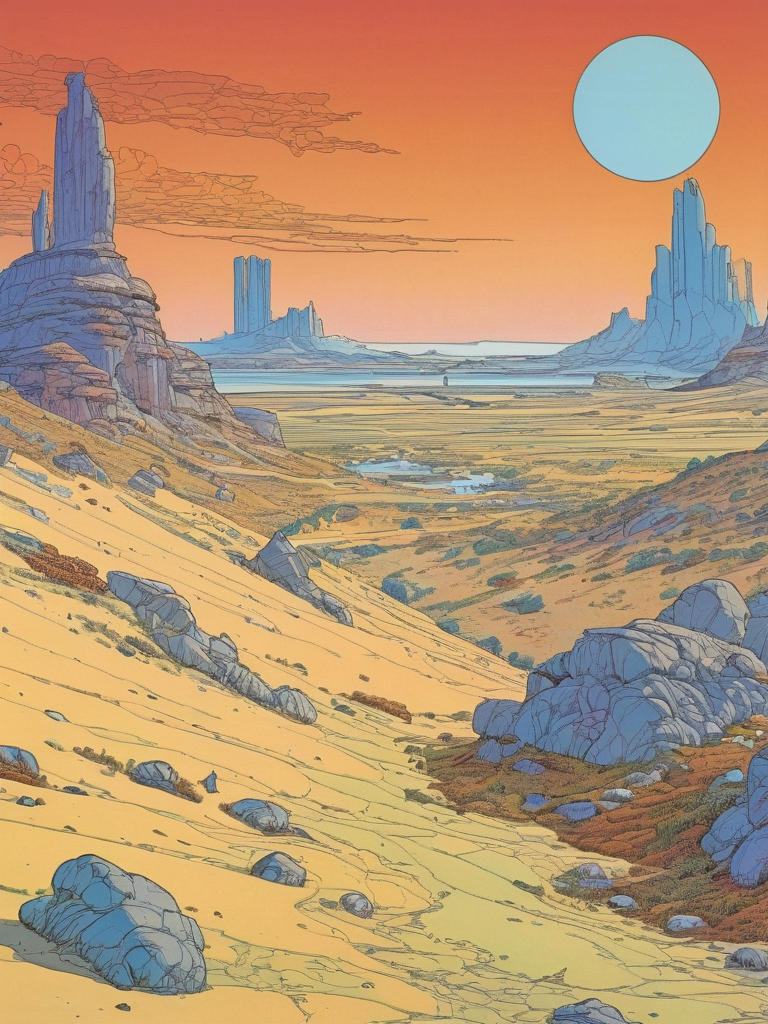Just above is the famous Esther cartoon turned in to a mega-meme. You may have seen it in different form here and there, but the 'meme' idea was to alter the word "slut" to whatever the meme-creator thought cleverest. Haha?
Little did people know that such was only the tip of the toenail when it came to the crazy-hilarious "Esther" cartoons. Yes-- Esther Verkest, it turns out, is a total, unpredictable savage. She's the brainchild of Kim Duchateau, a Flemish Belgian wunderkind.

What's the password? Bzzt! What's the password? Bzzt! ^&@!#$ Oh nevermind, I have better things to do..!
.

Yes.. yes, good boy Renaat! What?! Who the hell's Renaat? Sorry sorry, I was close! What do you mean, you were close?!
.
Seriously, this is one of the most 'boomeranging' characters I've ever seen in my life. The basic conceit is that Esther's a relatively normal, decent human being that the audience can ogle to death because she's incidentally an attractive young woman. In fact, SHE'S arguably the wicked fiend here, and it's the helpless audience who are actually the innocent little lambs, a delightfully unexpected turning of the traditional tables!

Oh dear.
.

Ooh, ooh, Esther! A falling star! Let's make a wish! >granted!<
.

Ugh, I don't feel so good. Those mussels from earlier weren't fresh.
Oh, shutup! Can't you just rub some lotion on?
Aaron, you idiot! You put too much lotion on again!
.
Again, we're not talking about brilliant comedic masterpieces here, but yes-- there's indeed a crazy, deranged aspect about Esther that... well, actually, it's kinda brilliant in it's own deranged way, I think.

Bah: I'm getting tired of trying to translate my horrible Dutch in to English, but here she's on holiday, thoughtfully making an absentee display for the peeping tom across the street. Of course, he-- crazy, weirdo, Peeping Tom is caught trying to do the same:
Fernando, what are you doing! we'll miss our flight! - Coming, dear, coming..!
Oh great, now it's an ABBA joke...
.
Okay, here we have Esther and her blue-skinned best friend, stuck on the road side. They're in quite the spot, until... someone finally has a great idea--

You just can't argue with logic like that. XD
.
Okay, okay, last series, here we go--

-
"Hello, I'd like to get to know you better" / Esther counters with rectal prostate exam chart, man goes screaming, terrified in to the distance / "Always works!"
-
"You don't look bad... what would you think if you & I...?" / "Yes, fantastic! Would you like to become a member of our Big & Betsy fan club?!" / "Always works!"
-
"Ooh, I've never seen you before. Do you sometimes feel like...?" / "I have been deaf and dumb since birth. You can support me by buying this doll or giving it whatever you want" / "Uh, uh, I have to go, sorry!" / "Always works!"
-
Hello, do you come here often? Can I offer you a drink? / Pervert! How dare you come begging for a blowjob after watching you screw my dog on my best sofa! / "Damn, sometimes it doesn't always work."
Note: violence against women is something I do not endorse in any way, shape, or form.










